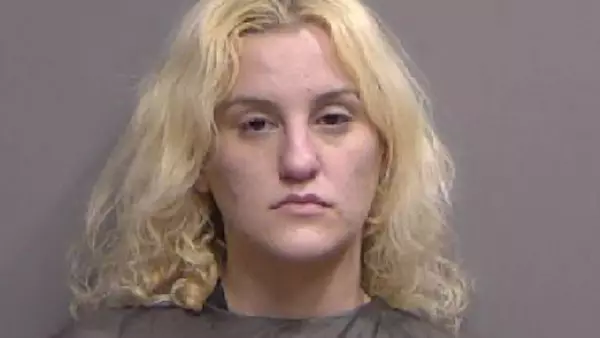
Good morning. Shawn Tully here filling in for the Term Sheet team. Last October, I spoke at length with University of Chicago economics professor Douglas Diamond after he had just won the Nobel prize with two coauthors for their seminal work on the inherent fragility of the banking system. At the time, Diamond said, he was worried about the potential impacts of the Fed’s rate hike campaign:
“One of the Fed’s reasons for existing is to promote financial stability,” he told me. “But when the Fed moves real and nominal rates around, that has a spillover effect on financial institutions and their borrowers that the Fed better not ignore. The Fed left rates too low for too long with no spinouts going around the track. Now, they have to ease on the brakes. But if they slam on the brakes, they will cause a crash.”
Fast forward five months and here we are. I was curious what Diamond thinks now that his prediction—in the form of the precipitous fall of Silicon Valley Bank—has come to pass. In the full story, which you can read here, he gives the clearest blow-by-blow account I’ve seen of how exactly the SVB disaster played out. Some highlights:
In our hour-long interview on the SVB debacle, Diamond stated that though Fed policy hurt, it wasn’t the main reason for the implosion. Nor did SVB suffer the classic “sound bank wrecked by a stampede” scenario. Instead, SVB deployed just about every bad policy on both the asset and liabilities sides of its balance sheet. For Diamond, SVB is a case study in how setting a rickety structure to enable breakneck expansion created daunting risks that prudently-run banks, despite the Fed’s huge runup in rates, have avoided.
(Here, he gets into the accounting nitty gritty and the trap SVB found themselves in with AFS vs. HTM bond accounting.)
Diamond posits that even before the 8-K announcement ignited the run, SVB was close to insolvent, and rapidly heading for failure. “As their cost of ‘funding,’ meaning the interest they had to pay on deposits, kept rising to 4% and higher, they’re forced to pay that higher interest needed to keep their customers. But their bond portfolio, where the money comes from, is paying them less than 2%,” he says. “Put simply, you’re getting less than 2% on your assets and paying out, say, 5% on your liabilities.” That deficit of interest coming in and out meant that SVB was destined for big operating losses.
A few things stunned Diamond. First, SVB saw no risk in its ultra-concentrated tech clientele and did not try to diversify beyond that base. Second, that the bank apparently did little to no interest rate hedging, a standard practice at bigger banks. Third, the so-called stress tests weren’t actually very stressful: "I looked at the stress test for 2022, and the Fed was assessing how the banks would perform at rates from 0% to 2% as if 2% was as high as they’d ever go. So almost any bank would pass. The standard should have been 0% to 7%," he told me.
You can read his full assessment here.
Shawn Tully
Submit a deal for the Term Sheet newsletter here.
Jackson Fordyce curated the deals section of today’s newsletter.







